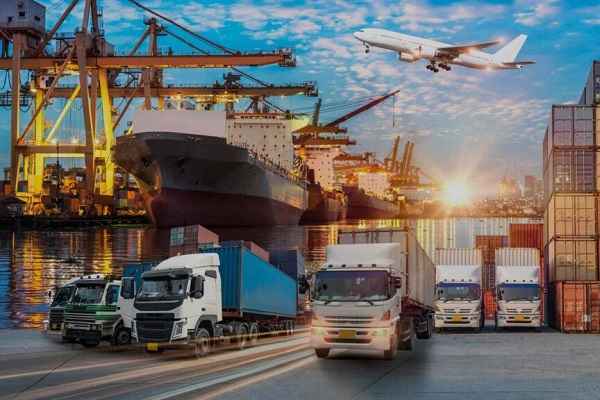 How Weigh-in-Motion Systems Are Revolutionizing Freight Safety
How Weigh-in-Motion Systems Are Revolutionizing Freight Safety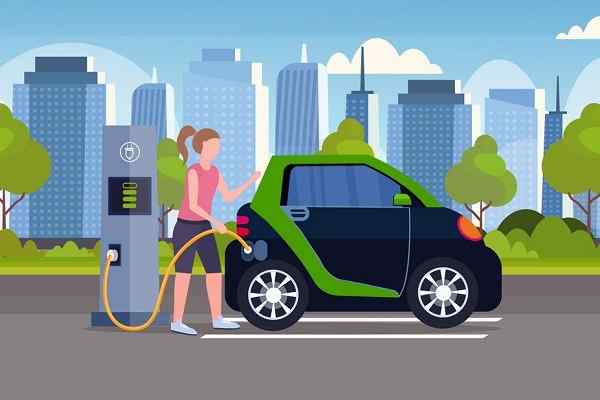 Women Powering India’s Electric Mobility Revolution
Women Powering India’s Electric Mobility Revolution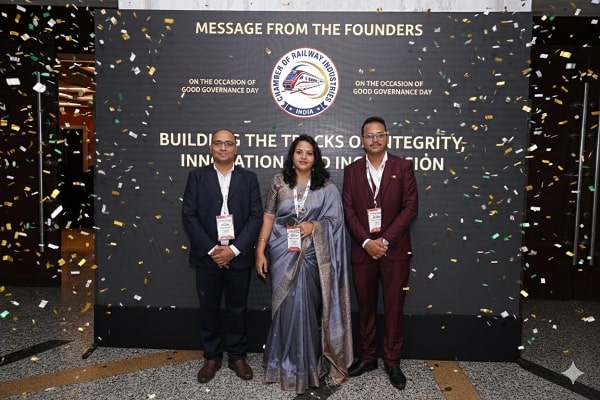 Rail Chamber Launched to Strengthen India’s Global Railway Leadership
Rail Chamber Launched to Strengthen India’s Global Railway Leadership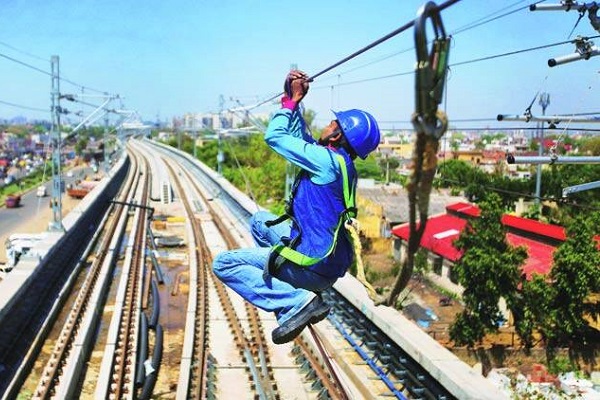 Wage and Hour Enforcement Under the Massachusetts Wage Act and Connecticut Labor Standards
Wage and Hour Enforcement Under the Massachusetts Wage Act and Connecticut Labor Standards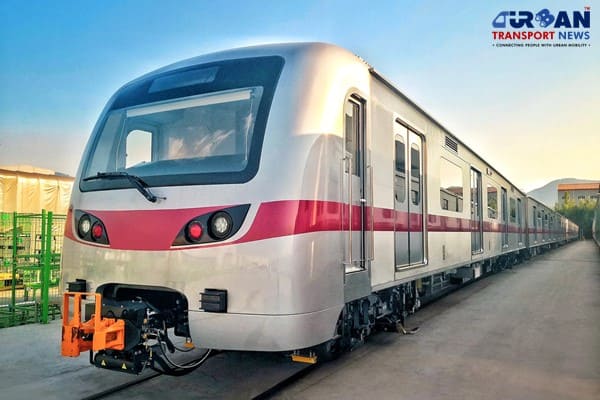 MRT‑7: Manila’s Northern Metro Lifeline on the Horizon
MRT‑7: Manila’s Northern Metro Lifeline on the Horizon Delhi unveils ambitious Urban Mobility Vision: Luxury Metro Coaches, New Tunnels and Pod Taxi
Delhi unveils ambitious Urban Mobility Vision: Luxury Metro Coaches, New Tunnels and Pod Taxi Qatar approves Saudi Rail Link Agreement, Accelerating Gulf Railway Vision 2030
Qatar approves Saudi Rail Link Agreement, Accelerating Gulf Railway Vision 2030 UP Govt plans to introduce Water Metro services in Ayodhya, Varanasi & Prayagraj
UP Govt plans to introduce Water Metro services in Ayodhya, Varanasi & Prayagraj India’s First Urban Ropeway begins Trial Run in Varanasi, Set to carry 1 Lakh passengers daily
India’s First Urban Ropeway begins Trial Run in Varanasi, Set to carry 1 Lakh passengers daily India and Bhutan to Build First-Ever Rail Link: ₹4,033 Cr Project to Boost Regional Connectivity
India and Bhutan to Build First-Ever Rail Link: ₹4,033 Cr Project to Boost Regional Connectivity
Govt of India signs US$105 million loan agreement with World Bank to improve Waterways
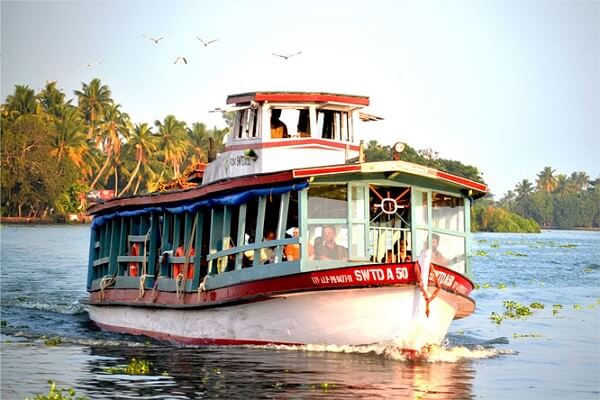
Kolkata, India (Urban Transport News): The Government of India, the Government of West Bengal and the World Bank today signed a $105 million project to improve the inland water transport infrastructure in Kolkata, India.
The West Bengal Inland Water Transport, Logistics and Spatial Development Project will facilitate passenger and freight movement across the Hooghly river; undertake spatial planning to improve accessibility in the Kolkata Metropolitan Area; enhance the quality of life of its residents; and contribute to the growth of the state’s logistics sector.
Dr. C S Mohapatra Additional Secretary, Department of Economic Affairs, Ministry of Finance said:
The inland waterways are now emerging as a cost-effective and environmentally friendly option for passenger and freight movement. This project will help improve the river transport infrastructure in West Bengal and help in the economic development of the state by connecting the hinterland with markets and job centers in Kolkata’s Metropolitan Area.
The agreement was signed by Dr. C S Mohapatra, Additional Secretary, Department of Economic Affairs, Ministry of Finance on behalf of the Government of India; Rajdeep Dutta, Deputy Resident Commissioner, on behalf of the Government of West Bengal; and Junaid Ahmad, Country Director, India on behalf of the World Bank.
The project will cover the five most populous districts of southern West Bengal, including its urban agglomeration -- the Kolkata Metropolitan Area (KMA) where around 30 million people or one-third of West Bengal’s population live.
Commenting on the deal, Junaid Ahmad, World Bank Country Director in India, said:
This operation will allow the state to invest in Kolkata’s economic productivity by making its waterways and ferry services part of an efficient and safe urban mobility strategy. Importantly, given Kolkata’s strategic location, the project is also ensuring that the metropolitan area emerges as a transport and logistics hub for the sub-region, leveraging the EDFC and connecting to the north-east and the land-locked countries of Nepal and Bhutan.
The Hooghly River, a distributary of the river Ganga, in Kolkata separates the Kolkata port from its large consumption centers, which are, its wholesale market and its vast hinterland comprising among others the entire North East of India and two landlocked neighboring countries namely, Nepal and Bhutan. More than 80 percent of freight and passenger traffic currently cross the river via Kolkata’s three bridges. To curtail congestion, the city has restricted the movement of trucks to the port to certain bridges and only during limited hours, reducing access to the port and increasing the cost of logistics.
West Bengal’s ferries can provide an efficient, flexible mode of public transport for both passengers and freight, saving on operating costs and travel time when compared with road journeys. The existing ferry system, operational for decades, caters to less than 2 percent of the passenger traffic and a small portion of the freight movement. Developing the river transport infrastructure will enable a large population of the state to utilize its waterways, have an alternative, multi-modal options for transportation for both freight and passengers, connect the hinterland with Kolkata Metropolitan Area’s markets and job centers and emerge as a logistics hub.
In the first phase, the project will enhance the capacity and improve the safety of the Inland Water Transport system; including rehabilitating existing jetties, buying new ferries with enhanced design; and installing electronic gates in 40 locations. In the second phase, it will support long-term investments for passenger movements, including in terminals and jetties; improve the design of the inland water transport vessels; ensure night navigation on the most hazardous and trafficked routes and crossing points; and encourage the private sector to invest in Ro-Ro vessels that will allow easier movement of trucks across the Hooghly river.
To better cope with increased precipitation and flooding, climate-smart engineering solutions will be applied, including modular floating designs for ferry access points at the passenger terminals. In addition, the project will facilitate disabled-friendly amenities, ensure women’s safety and encourage women’s employment in the IWT Department as well as with the ferry operators.
The $105 million loans from the International Bank for Reconstruction and Development (IBRD), has a maturity of 17 years, including a grace period of 7 years.





